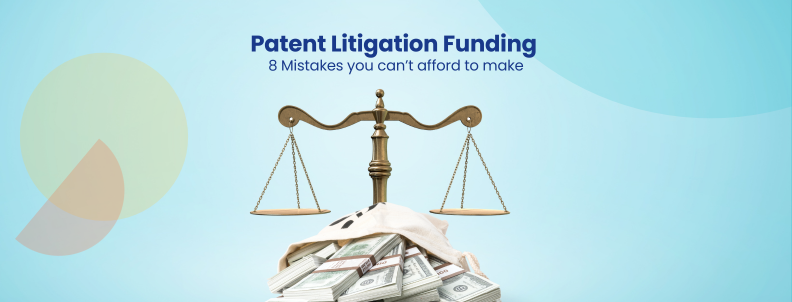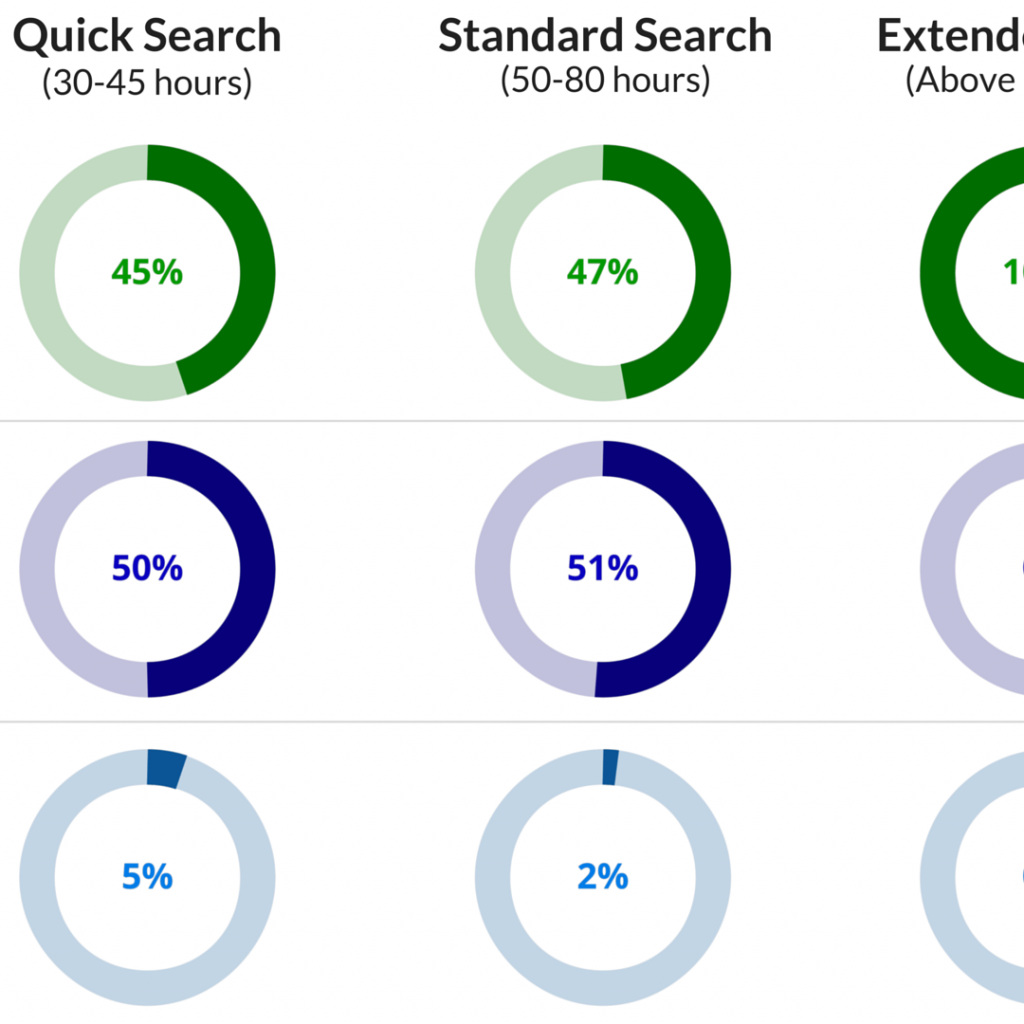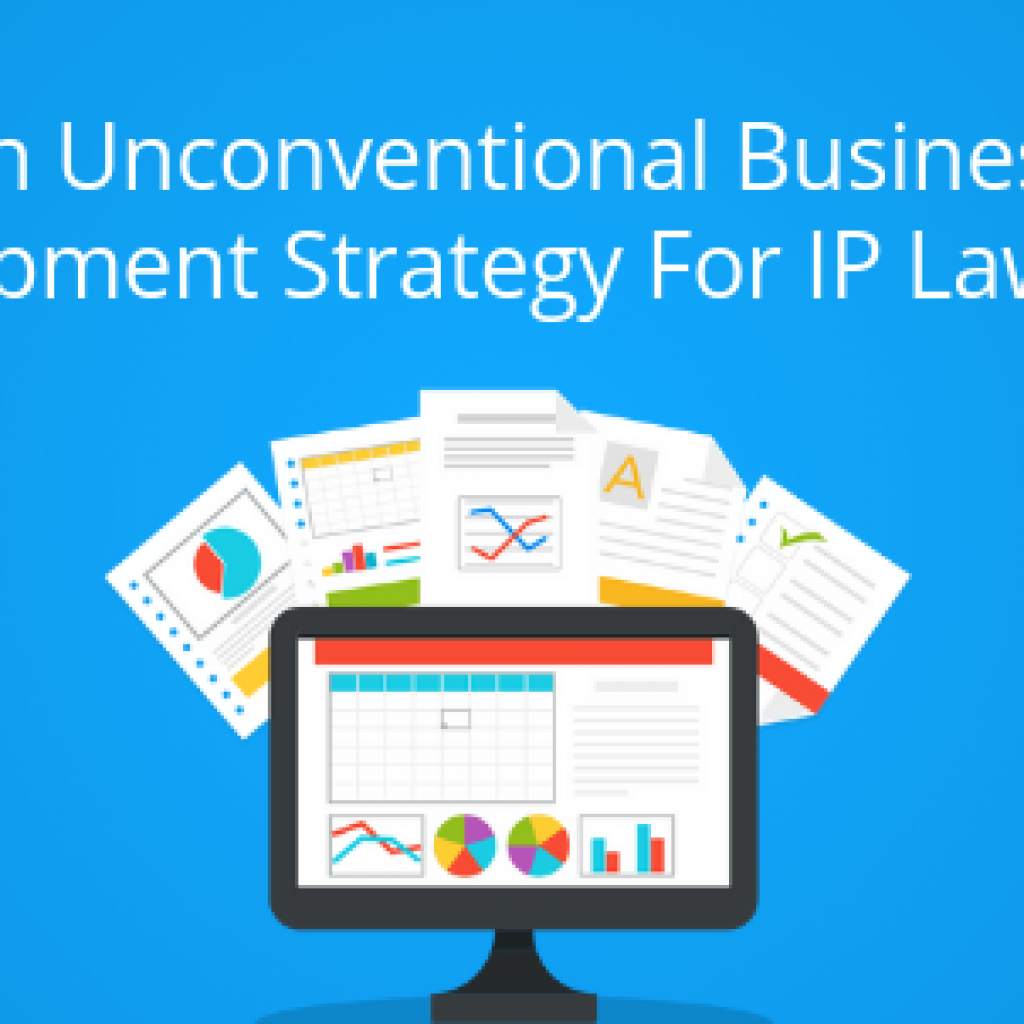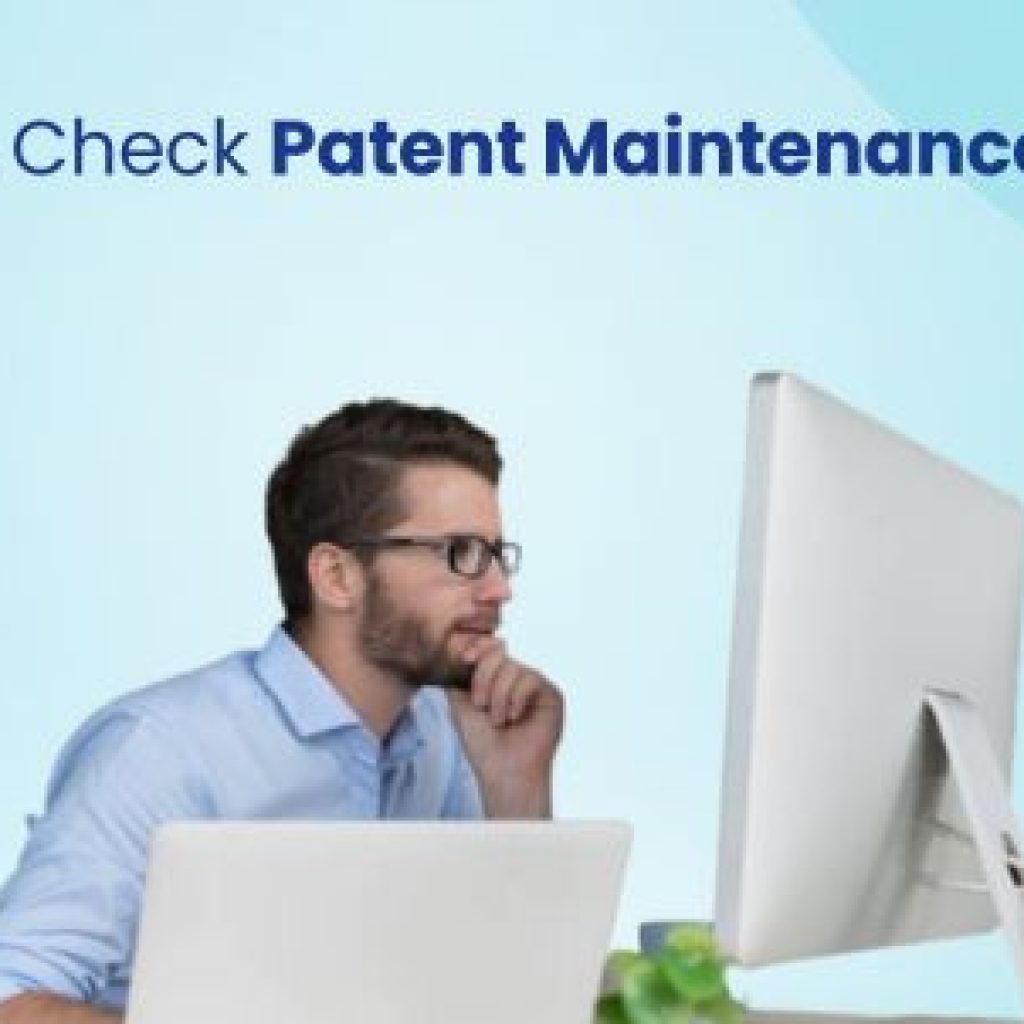This year, Colibri Heart Valve, a medical device start-up, went into a legal battle against the industry giant Medtronic CoreValve. This case not only earned its place among the top US patent awards of the first quarter of 2023 but also put a litigation funder – Burford Capital, in the forefront. The litigation funding from Burford was the financial boost that enabled Colibri to fight against an industry giant, thus emphasizing the role of patent litigation funding.
But why did Burford risk their money by investing in a small company? Well, it is because before making this critical investment, they were able to navigate the pitfalls that may have appeared in this case.
They assessed several factors, including the likelihood of success, the potential damages, and the ability of the infringer to pay a judgment. Eventually, Burford could fathom the chances of Colibri winning and the ROI if they financed this case.
As a seasoned patent consultant with over 12 years of experience, I have observed the patent litigation landscape change. In this dynamic, a previously undervalued element has emerged as a game-changer: patent litigation funding, also known as patent litigation financing
Drawing from my experience and close study of multiple such cases, patent litigation funding firms cannot afford to make the following 8 mistakes when making litigation funding decisions.
Mistake #1: Not Proceeding Phase-By-Phase To Hand-Pick A Case For Patent Litigation Funding
In the context of litigation funding, not bypassing key stages in patent analysis is the basic yet the most destructive mistake to make. These stages are the foundation for informed funding decisions, and failing to conduct the same can erode confidence among your investors and partners.
The initial funnel phase is the gateway to identifying potential cases worthy of further consideration. It involves collecting high-level information about patent litigation opportunities. This stage provides a preliminary overview of the case’s viability and potential for success. Skipping this phase means you might overlook cases that could be profitable simply because you didn’t have all the facts.
Eventually, in detailed due diligence, you must scrutinize claim charts, review validity searches, assess patent prosecution histories, and calculate damages. Avoiding this deep dive can lead to misunderstandings, delays, and inaccurate assessments.
Therefore, just as one wouldn’t skip vital chapters in a book, you should not miss these essential stages in the patent analysis process. Ignoring them can result in low to no return on investment.
Mistake #2: Neglecting Comprehensive Prior-Art Searches
One of the most common mistakes you can make during patent litigation funding is failing to conduct comprehensive prior-art searches. The excitement surrounding a promising patent case may lead to overlooking the importance of thorough research.
For instance, WPEM takes on SOTI in a litigation case, alleging patent infringement tied to the “Speed Lockdown” mobile-device software management tool. All fingers point to MobiControl Version 11 as the culprit. However, SOTI counters with a revelation that shakes the very foundation of the case; their defense highlights their pre-existing Version 10 and other prior art references, casting doubt on the patent’s authenticity.
This is where the narrative takes an unexpected turn. WPEM proposes a $150k settlement, expecting an amicable resolution. But SOTI doesn’t yield. They boldly refuse, asserting the patent’s invalidity, and even fire an R.11 notification accusing inadequate investigation.
Therefore, inadequate prior-art investigations can result in the discovery of unforeseen prior art during litigation, putting the entire investment at risk.
To prevent any potential risks due to patent invalidity, seeking the expertise of a prior art team is crucial. Fortunately, with GreyB, accessing this level of knowledge and support is only a click away.
Mistake #3: Overlooking Infringement Analysis
Patent litigation is a complex and expensive legal process. If you initiate a lawsuit without a solid infringement analysis, you may waste substantial resources on a case that could’ve been avoided.
Consider the case of Q-Pharma v. Andrew Jergens. In this instance, Q-Pharma initiated legal action against Jergens, claiming patent infringement for a method involving Coenzyme Q10 treatment for damaged skin. The trial escalated further as the discovery process unraveled a surprising fact – the accused product, Curel (R) CoQ, contained such a minuscule amount of Coenzyme Q10 that it did not infringe upon the patent.
With this reality, Q-Pharma sought a voluntary dismissal with prejudice, leading to Jergens pursuing sanctions under Rule 11, asserting that Q-Pharma’s pre-filing investigation didn’t meet Rule 11’s requirements. Jergens pointed out that Q-Pharma’s claim construction, reliance on product advertising and labeling, and not anticipating the patent’s invalidity before filing were grounds for their motion.
The above example shows that neglecting a thorough infringement analysis weakens the case. Moreover, courts may impose sanctions, fines, or other penalties for bringing baseless claims, eventually harming the litigation funder’s reputation and credibility in the legal community.
Although you can try to navigate the complicated process of infringement analysis on your own, there is a more effective and efficient way to achieve similarly profitable results. By utilizing GreyB’s thorough infringement analysis, you can gain a clear understanding of whether pursuing the case is a worthwhile endeavor.
Fill in the form below; our infringement team experts will contact you.
Mistake #4: Underestimating Future Patent Trends
A myopic focus on the current patent landscape can blindside patent litigation funders to future trends and developments. Ignoring the evolving technological landscape could result in missed opportunities and hinder your ability to capitalize on emerging markets and technologies.
I have a perfect example to share with you in this regard. A litigation financing company contacted us for a comprehensive patent analysis on a specific software algorithm used in the healthcare industry. While the patent seemed strong on its merits, its narrow focus on healthcare applications led this litigation funder to have second thoughts.
However, when studying the future trends, we saw potential beyond the confines of the subject patent’s immediate application. GreyB recognized that the software algorithm could also be applied in the finance industry to detect fraud patterns. This innovative perspective paid off as this litigation funding company successfully partnered with inventors to reposition the patent for the finance sector, leading to profitable litigation outcomes.
This example underscores the importance of adopting a broader perspective in evaluating patent investment opportunities. A shortsighted focus solely on the immediate patent landscape can cause litigation funding companies to overlook hidden potentials and opportunities beyond traditional boundaries.
Therefore, embracing a more comprehensive view will position you for a wider array of successful litigation outcomes. Instead of trying to tackle everything alone, seek out the expertise of technology landscape professionals in a single click.
Mistake #5: Relying Solely On Quantitative Metrics
Investing in patent litigation based solely on quantitative metrics, such as financial projections, historical performance of the company in past litigation cases, and number of citations, provides only a partial view of a potential litigation case.
While quantitative metrics provide a foundation, evaluating a patent’s scope, enforceability, licensing potential, and industry influence offers a more accurate picture of its value.
For instance, when reviewing a patent for one of our patent litigation funding clients, we identified that the subject patent had many citations. While this factor can make you believe it was a valuable asset, a deeper analysis revealed that most of these citations were from non-patent literature. As a result, it indicated a lack of genuine interest and influence within the industry. The patent’s quantitative metrics were impressive, but its qualitative significance was lacking.
A holistic approach that incorporates both quantitative and qualitative aspects is essential.
Mistake #6: Neglecting Competitive Landscape Analysis
Overlooking the competitive landscape can result in missing existing patents and potential infringement risks.
Here is a real-world example to illustrate the significance of this error:
In one of our recent projects, a patent litigation funding client was considering investing in a wireless electric vehicle charging technology case. During our meticulous competitive landscape analysis, we identified existing patents of major electric vehicle manufacturers. This discovery was pivotal because it shed light on potential opposition from well-established industry players.
Had our client neglected to conduct this competitive landscape analysis, they would have proceeded with the investment without being aware of the strong opposition they were likely to face. Such a situation could have made securing a favorable outcome for the case exceptionally challenging.
Therefore, a thorough competitive landscape analysis helps identify cases where you can secure a stronger position, tap into untapped market potential, and make more informed investment decisions.
Mistake #7: Disregarding International Patent Jurisdictions
In the dynamic world of patent litigation funding, financing firms often get caught up in jurisdictional nuances and overlook significant global implications of their investments. This mistake can be costly, as failing to consider international patent jurisdictions can expose your investments to unforeseen legal complexities and international disputes.
One of our clients, Patent Funders Inc. (real name concealed for confidentiality reasons), a litigation funding company in the US, identified a promising patent for cutting-edge renewable energy technology. The company had secured this patent in the United States, and it seemed like a safe bet for litigation funding.
However, Our findings turned the tables for them. They had overlooked the patent’s international counterparts and were unaware that a similar patent was granted in a European country.
Taking this case to court would have led to a simultaneous lawsuit in Europe. Since the infringing company had launched its product in both regions, leveraging the global reach of its operations. Patent Funders Inc. would be entangled in two separate legal battles governed by different patent laws and procedures.
As a result of the analysis, they did not pursue this case. Still, the lack of consideration for international patent jurisdictions would have drained Patent Funders Inc.’s financial resources and led to a protracted legal battle tarnishing their reputation and credibility. The client avoided this costly oversight because we took the time to assess the patent for any global limitations and strategize accordingly.
Focusing just on local jurisdictions can lead to unintended legal complications in the interconnected world of patents and technology.
You must take a holistic approach, evaluating the patent’s global reach and potential conflicts across various jurisdictions. By doing so, you avoid the pitfall of disregarding international patent jurisdictions and position yourself for smoother litigation processes and more favorable outcomes.
Mistake #8: Neglecting Patent Portfolio Diversification During Patent Litigation Funding
Patent Portfolio Diversification is essential when buying a patent set but is equally crucial during patent litigation funding. Focusing too narrowly on individual patents or targeting a limited number of defendants can limit monetization opportunities. Moreover, considering cases with multiple patents, scanning numerous families, and involving various defendants improves the chances of recovering investor capital. As a result, a diversified patent portfolio with patents from different families can serve as a strategic defense against inter-part reviews (IPRs) and re-examinations.
Conclusion:
Patent litigation funding is a complex endeavor, and overlooking critical details or not thoroughly researching the case can result in funding cases with weak prospects or unexpected risks. However, given the dynamic of the IP world, you cannot underscore the need for expert opinion to align your investments with long-term goals and market trends.
GreyB offers a pragmatic approach to navigating the patent litigation funding challenges through prior-art searches, infringement analysis, and future trend assessments. Before pursuing that attractive patent litigation, use our research to avoid common pitfalls in litigation funding.
Don’t let uncertainty hold you back; make intelligent business moves.













